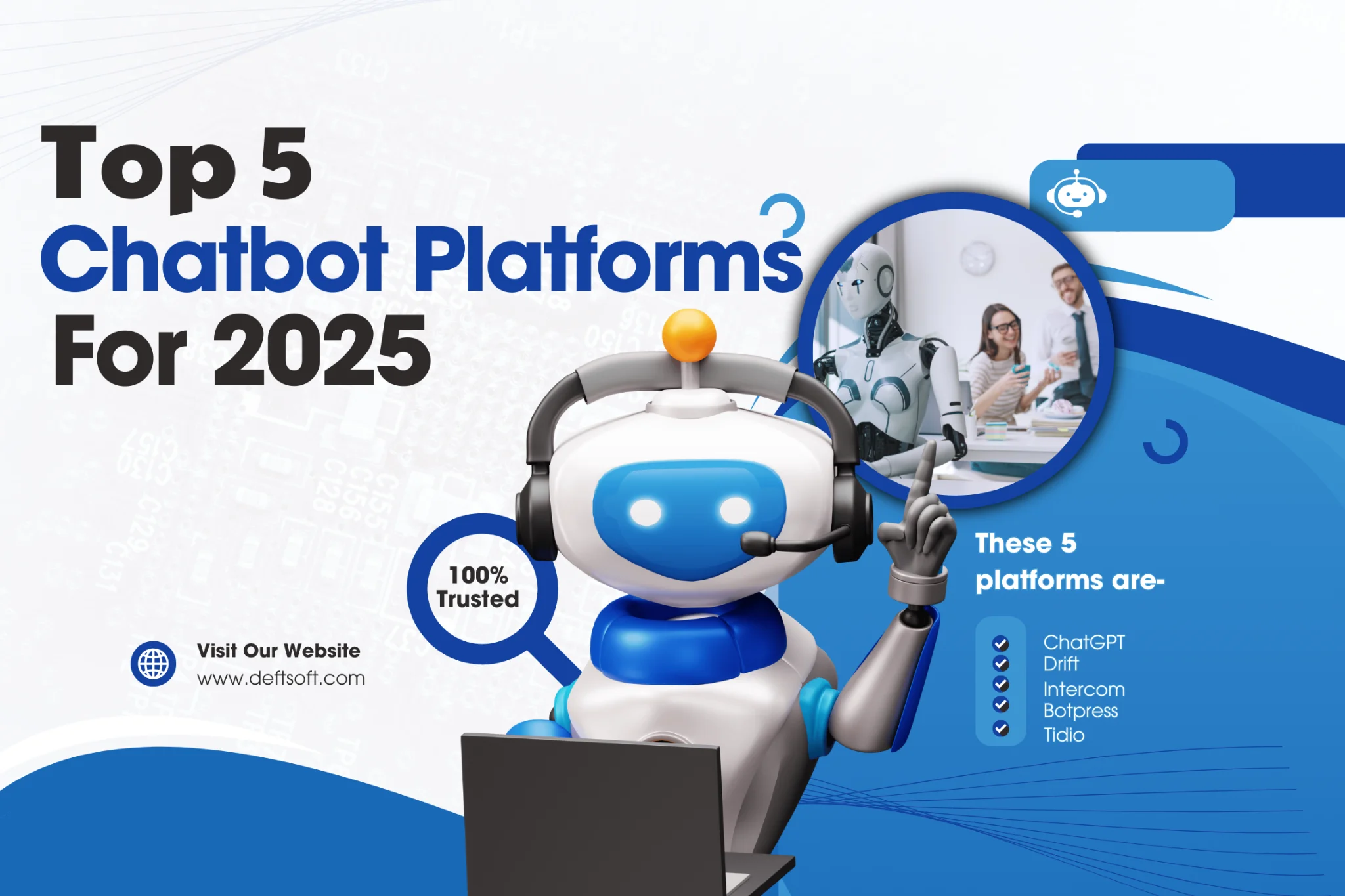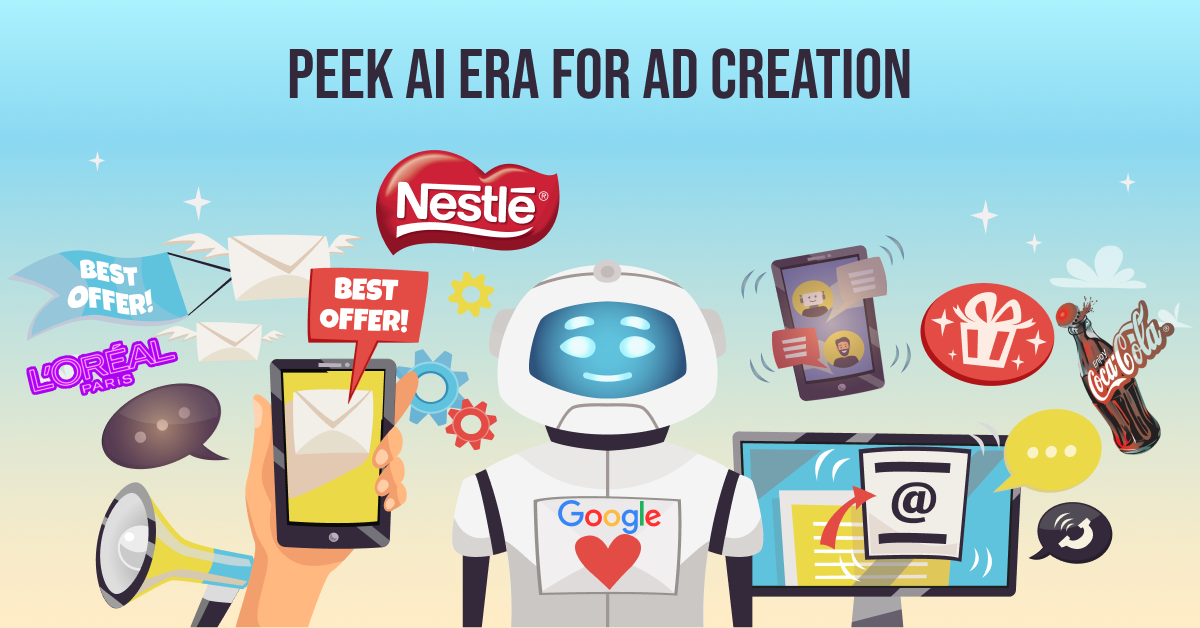Introduction
Over the last decade, chatbots have become a crucial part of business communication, evolving from simple scripted bots to highly intelligent AI-driven assistants. In 2025, chatbot technology is no longer just an add-on; it is a necessity for businesses aiming to enhance customer experiences, automate repetitive tasks, and improve operational efficiency. With advanced artificial intelligence (AI), natural language processing (NLP), and machine learning capabilities, chatbots have the potential to engage users in human-like conversations, providing quick and efficient solutions across various industries.
Businesses today require chatbots not only for customer service but also for lead generation, sales automation, appointment scheduling, and data collection. The ability of modern chatbots to integrate seamlessly with various business tools such as CRM systems, e-commerce platforms, and email marketing tools makes them indispensable in today’s digital ecosystem.
However, with so many chatbot platforms available, choosing the right one can be overwhelming. Some are AI-powered with self-learning capabilities, while others are rule-based, following predefined scripts. This article will guide you through the top five chatbot platforms for 2025, detailing their features, benefits, and best use cases so you can make an informed decision based on your business needs.
What to Look for in a Chatbot Platform?
With hundreds of chatbot platforms available, how do you choose the right one? A chatbot is not just about answering FAQs; it should seamlessly integrate with your business model, offer personalization, and provide valuable insights into customer interactions. Below are some key factors to consider when selecting a chatbot platform:
1. AI and NLP Capabilities
One of the most important factors in a chatbot is its ability to understand and process human language naturally. AI-powered chatbots equipped with NLP can interpret user intent, detect emotions, and generate accurate responses. A well-trained AI chatbot goes beyond basic keyword recognition and can engage in context-aware conversations, remembering previous interactions to create a more seamless and personalized experience.
For example, a customer might ask, “Can you help me find a laptop under $1,000?” A chatbot with strong NLP capabilities will not only understand the request but also provide personalized product recommendations based on the user’s preferences.
2. Customization and Scalability
A chatbot should grow alongside your business. The best platforms offer customization options that allow businesses to adjust conversation flows, modify chatbot behavior, and personalize responses based on user interactions. Scalability is also crucial—whether you’re a small startup or a large enterprise, your chatbot should be able to handle an increasing number of queries without compromising performance.
For instance, an e-commerce business may start with a chatbot that answers product-related FAQs. As the business expands, the chatbot should be able to handle payments, recommend products, and even track orders for customers.
3. Integration with CRM, Marketing, and Sales Tools
A chatbot should not work in isolation. It should seamlessly integrate with customer relationship management (CRM) software, sales automation tools, and marketing platforms. A chatbot that can pull customer data from CRM systems, such as Salesforce or HubSpot, can provide personalized recommendations based on past interactions.
For example, if a repeat customer contacts an online store’s chatbot, the AI should recognize them, recall past purchases, and suggest relevant products or services. The ability to sync with third-party applications makes chatbots more efficient and valuable to businesses.
4. Analytics and Reporting
A chatbot’s effectiveness should be measurable. The best chatbot platforms come with built-in analytics and reporting tools that allow businesses to monitor chatbot performance, user interactions, and engagement rates. These insights help businesses identify common customer pain points, refine chatbot responses, and improve user satisfaction.
For instance, if analytics reveal that customers frequently ask about shipping policies, businesses can optimize chatbot scripts or create automated responses to address these inquiries more effectively.
5. Multi-Channel Support
Customers engage with businesses across multiple digital platforms—websites, social media, mobile apps, and messaging apps like WhatsApp, Facebook Messenger, and Telegram. A chatbot should be able to function across multiple channels while maintaining a unified customer experience.
For example, if a customer starts a conversation with a chatbot on a website and later switches to Facebook Messenger, the chatbot should retain previous interactions and continue the conversation without forcing the user to repeat themselves.
Top 5 Chatbot Platforms for 2025
After evaluating various chatbot solutions based on AI capabilities, scalability, and ease of use, we have identified five top-performing chatbot platforms that are expected to dominate in 2025.
1. ChatGPT by OpenAI
Features
ChatGPT remains a leader in AI-powered chatbot solutions, thanks to its advanced language model, human-like conversational ability, and context retention. It is built on GPT-4 technology, making it one of the most sophisticated AI chatbots in the industry.
- Superior AI and NLP: ChatGPT understands human intent, processes complex queries, and generates conversational responses that feel natural.
- Memory & Context Awareness: It can recall previous interactions, making conversations more fluid and engaging.
- Voice & Text Interaction: Supports both text-based and voice-based queries, enhancing user accessibility.
- Seamless API Integration: Can be integrated into websites, CRM tools, and mobile apps.
- Custom Training: Businesses can fine-tune the chatbot to align with their specific industry and customer needs.
Best Use Cases
- Customer Support Automation: Provides instant answers to common queries, reducing wait times.
- Content Assistance: Helps with blog writing, email generation, and text-based automation.
- E-commerce Recommendations: Suggest personalized product recommendations based on user preferences.
2. Drift
Features
Drift is a conversational AI chatbot tailored for marketing and sales teams. Unlike generic chatbots, Drift focuses on real-time engagement and lead qualification.
- AI-Powered Lead Qualification: Uses chat interactions to identify potential customers.
- Live Chat Handoff: Transfers high-value leads to human sales representatives.
- Behavior-Based Messaging: Sends personalized messages based on user actions.
- Seamless CRM Integration: Connects with Salesforce, HubSpot, and Marketo.
- Real-Time Sales Notifications: Alerts sales reps when potential customers interact with the chatbot.
Best Use Cases
- B2B Sales & Marketing: Drift helps businesses automate sales conversations.
- Lead Generation: Engages visitors and collects contact details.
- Customer Retention: Provides instant responses, increasing user engagement.
3. Intercom
Features
Intercom is a powerful customer engagement platform that blends AI chatbots with live chat and email automation.
- AI Chatbot & Live Chat Hybrid: Handles basic inquiries and transfers complex issues to human agents.
- User Data Tracking: Provides insights into customer interactions.
- Cross-Channel Messaging: Works on websites, email, and mobile apps.
- Automated Onboarding & FAQs: Helps businesses onboard new users.
- Smart Routing: Directs customer inquiries to the right department.
Best Use Cases
- SaaS & Tech Startups: Assists in onboarding and user engagement.
- Customer Service Teams: Reduces response time and automates ticket handling.
- E-commerce Support: Helps users with order tracking and product inquiries.
4. Botpress
Features
- Botpress is an open-source chatbot platform designed for businesses looking for full customization and control.
- Advanced NLP Engine: Provides superior language processing and intent recognition.
- Self-Hosted or Cloud-Based: Offers flexibility in deployment.
- Drag-and-Drop Chatbot Builder: Allows for easy customization.
- No-Code & Developer-Friendly: Works for both beginners and advanced users.
Best Use Cases
- Enterprise-Level AI Solutions: Offers full chatbot customization.
- Privacy-Focused Businesses: Allows businesses to host their chatbot
- Customer Support & Sales Automation: Streamlines business interactions.
5. Tidio
Features
Tidio is a versatile chatbot platform designed for small and medium-sized businesses (SMBs) looking for an affordable yet powerful customer interaction solution. It combines AI-powered automation with live chat functionality, allowing businesses to offer real-time assistance while automating repetitive tasks.
- AI-Driven Chatbot & Live Chat Integration: Automates responses while enabling human support when needed
- Pre-Built Chatbot Templates: Offers ready-made workflows for quick implementation.
Drag-and-Drop Builder: No coding required to create chatbot sequences. - Multi-Channel Support: Works across websites, Messenger, WhatsApp, and email.
- Integration with Shopify, WooCommerce, and WordPress: Ideal for e-commerce businesses looking to enhance customer support and sales automation.
Best Use Cases
- E-commerce Assistance: Helps customers with product recommendations, order tracking, and support.
- Lead Generation & Qualification: Engages visitors, collects contact details, and nurtures leads.
- Customer Engagement & Retention: Provides real-time responses to boost satisfaction and loyalty.
Tidio is a great choice for businesses looking for an affordable, easy-to-use chatbot solution without compromising on AI capabilities.
Comparing the Top Chatbot Platforms for 2025
To help you better understand the differences, here’s a quick comparison of these platforms:
| Chatbot Platform | Best For | AI Capabilities | Integration | Pricing |
| ChatGPT (OpenAI) | Customer service, content generation, e-commerce | Advanced AI, NLP, and deep learning | Websites, apps, CRM tools | Variable (depends on usage) |
| Drift | Sales and marketing automation | AI-powered lead qualification | CRM, sales tools, email | Premium pricing |
| Intercom | Customer engagement, onboarding, and support | AI chat with live chat integration | SaaS, e-commerce, CRM | Subscription-based |
| Botpress | Enterprise AI, privacy-focused businesses | Open-source NLP | Self-hosted or cloud-based | Free (open-source) or enterprise pricing |
| Tidio | SMBs, e-commerce, customer support | AI automation & live chat | Shopify, WordPress, WooCommerce | Affordable, freemium options |
Each of these chatbot platforms serves a unique purpose, so the best choice depends on your business size, industry, and AI requirements.
How Chatbots Are Transforming Businesses in 2025
1. Enhancing Customer Experience
Customer expectations have skyrocketed in recent years, and businesses are turning to chatbots to provide instant, personalized, and 24/7 support. Unlike traditional customer service methods that rely on human agents, AI chatbots ensure that users receive immediate responses, reducing wait times and improving satisfaction.
For example, an e-commerce chatbot can help customers find products, process returns, and provide shipping updates, all without requiring human intervention. This leads to faster issue resolution, increased customer retention, and higher conversion rates.
2. Automating Sales and Lead Generation
Sales teams often spend hours qualifying leads manually, but chatbots streamline the process by engaging potential customers, collecting relevant information, and even scheduling meetings. AI-driven chatbots can analyze user behavior to determine buying intent, making sales automation more efficient.
For instance, Drift’s chatbot can interact with website visitors, ask pre-qualification questions, and instantly connect high-value leads to a human sales representative, reducing lead response times and increasing revenue potential.
3. Reducing Operational Costs
Hiring and training customer support teams can be expensive, especially for startups and SMBs. Chatbots reduce costs by handling repetitive tasks, freeing up human agents to focus on more complex queries. Studies show that businesses using AI chatbots can cut customer support costs by up to 30% while maintaining high levels of engagement.
4. Improving Employee Productivity
AI chatbots aren’t just for customers—they also assist employees by automating internal tasks. Businesses use chatbots for HR inquiries, IT support, and employee training. Instead of waiting for an IT representative, employees can simply ask an AI assistant for troubleshooting steps, boosting workplace efficiency.
Why Deftsoft is Your Ideal Chatbot Development Partner
If you’re looking to build a customized chatbot that aligns perfectly with your business needs, Deftsoft is the perfect partner for you.
Why Choose Deftsoft for Chatbot Development?
- Custom AI Solutions – Whether you need an e-commerce chatbot, a lead-generation assistant, or an AI-driven customer support bot, Deftsoft tailors chatbot solutions to match your business requirements.
- Seamless Integrations – Deftsoft ensures that your chatbot integrates smoothly with CRM systems, payment gateways, and third-party tools, making operations seamless.
- Industry Expertise – With years of experience in AI-driven automation, Deftsoft has successfully helped businesses across retail, healthcare, finance, and SaaS industries enhance their customer interactions.
- Scalable and Secure Chatbots – Whether you’re a startup, SMB, or enterprise, Deftsoft builds secure, scalable, and high-performing chatbots to meet your growing needs.
- Ongoing Support & Optimization – AI chatbots need regular updates and fine-tuning. Deftsoft provides continuous monitoring, chatbot performance analysis, and optimization to ensure maximum efficiency and accuracy.
Ready to revolutionize your business with AI chatbots? Get in touch with Deftsoft today and let us create a custom chatbot solution that enhances customer engagement, boosts sales, and streamlines business processes.
Final Thoughts
AI chatbots are no longer a futuristic concept—they are a business necessity in 2025. Whether you need a chatbot for customer support, sales automation, or internal operations, choosing the right platform is crucial. From ChatGPT’s advanced AI capabilities to Tidio’s budget-friendly automation, each chatbot offers unique benefits suited for different business needs.
For those looking for a custom chatbot tailored to their industry, Deftsoft is the perfect development partner. With expertise in AI-driven automation, seamless integrations, and scalable solutions, Deftsoft can help you build a chatbot that drives engagement, increases revenue, and enhances user experience.
🚀 Take your business to the next level with AI chatbots—contact Deftsoft today!
Frequently Asked Questions (FAQs)
1. What is the best chatbot platform for small businesses?
For small businesses, Tidio is a great option as it offers an easy-to-use interface, live chat integration, and seamless ecommerce support—all at an affordable price.
2. Can chatbots replace human customer service agents?
While chatbots handle repetitive queries efficiently, human agents are still necessary for complex issues that require personal judgment and emotional intelligence. The best approach is a hybrid system where chatbots assist with common inquiries and escalate complex issues to human agents.
3. How do chatbots help in lead generation?
Chatbots engage website visitors, collect contact information, and qualify leads based on user responses. Platforms like Drift and Intercom use AI to determine buying intent and connect high-value leads with sales teams.
4. Are chatbot platforms expensive?
Pricing varies depending on features, usage, and business size. While open-source solutions like Botpress are free, AI-driven platforms like ChatGPT and Drift come with premium pricing. SMB-friendly options like Tidio offer affordable plans for budget-conscious businesses.
5. How do I integrate a chatbot with my website?
Most chatbot platforms offer API and plugin integrations for websites, CRM tools, and social media. Developers can use chatbot builders like Tidio or Intercom, which provide drag-and-drop features for seamless integration.









